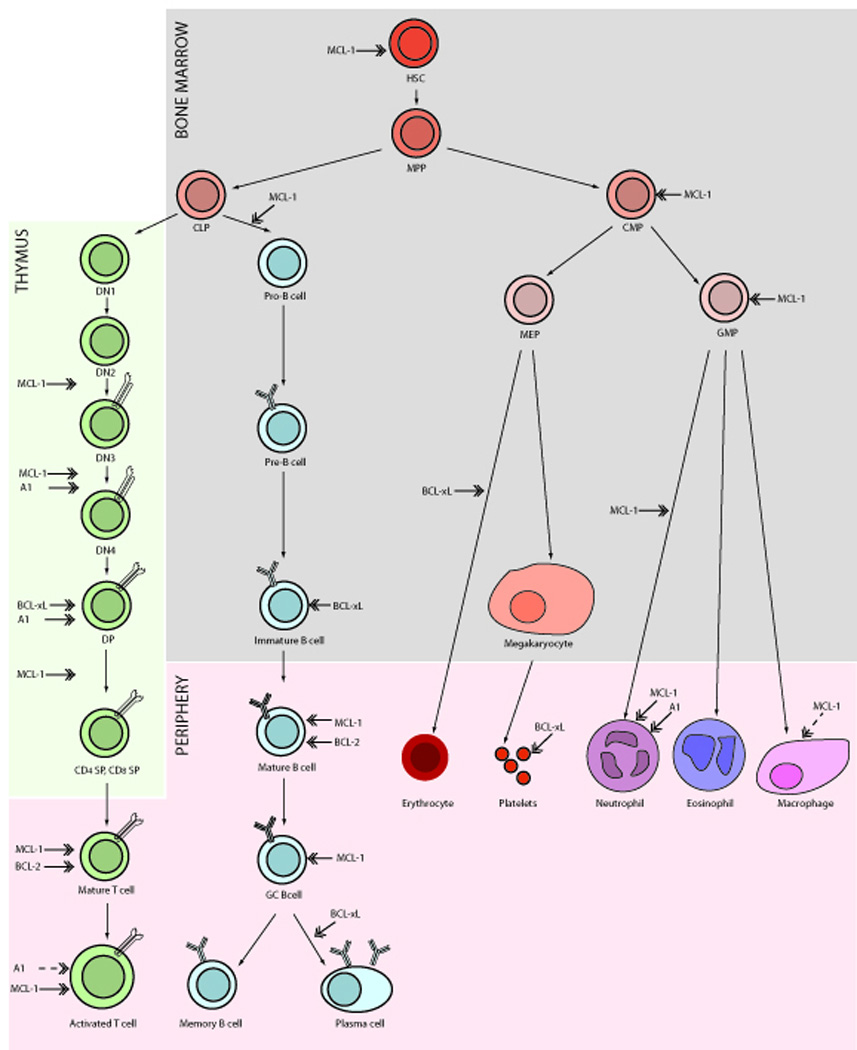Figure 3. Functions of the pro-survival Bcl-2 proteins in the lymphoid and myeloid lineages.

The stages of lymphoid and myeloid differentiation from progenitor hematopoietic stem cells (HSCs) emerging in the bone marrow to fully differentiated cells circulating throughout the periphery are shown diagrammatically. In the bone marrow, HSCs differentiate into multipotent progenitors (MPPs) that further differentiate into either common myeloid progenitor (CMPs) capable of maturing via megakaryocyte/erythroid progenitors (MEPs) or granulocyte/monocyte progenitors (GMPs) into mature erythrocytes, megakaryocytes, platelets, neutrophils, eosinophils and macrophages or into common lymphoid progenitor (CLPs) capable of generating mature T and B cells. T cell development occurs mainly in the thymus where cells differentiate through four stages of CD4−CD8− double negative (DN) thymocytes to develop via immature CD4+CD8+ DP thymocytes into mature CD8+ or CD4+ single positive thymocytes, leading to the emergence of mature T cells in the periphery that can become activated upon TCR engagement. The development of immature B cells from CLPs occurs within the bone marrow with mature B cells emerging into the periphery where upon meeting cognate antigen they can migrate to form germinal centres (GCs) and further differentiate into memory B or antigen secreting plasma cells. Marked in block arrows are the stages of differentiation at which the different Bcl-2 pro-survival proteins are required for survival, as determined from experiments with gene-targeted mice. The dashed arrows indicate i) a role for Mcl-1 only when macrophages are challenged with apoptotic stimuli and ii) the inference that A1 is important in activated T cells on the basis that A1 is up-regulated following TCR engagement.
